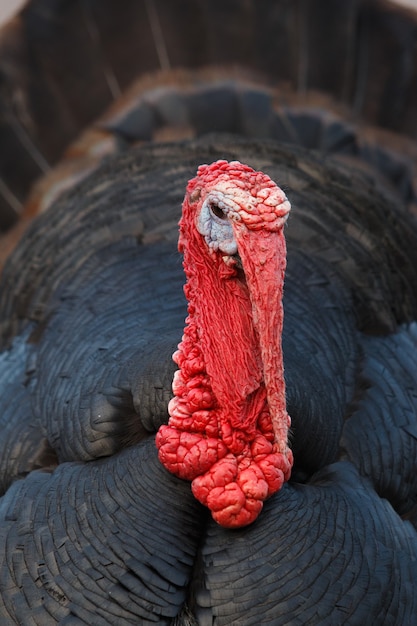Woolly Mammoth Facts

Woolly mammoths lived during the Ice Age.
The scientific name for the woolly mammoth is Mammuthus primigenius.
Woolly mammoths had a thick layer of fur to stay warm in cold climates.
The average lifespan of a woolly mammoth was around 60 years.
Woolly mammoths were closely related to elephants.
They had long, curved tusks that could reach up to 15 feet in length.
Woolly mammoths had a hump of fat on their backs for energy storage.
These prehistoric creatures weighed up to 6 tons.
Woolly mammoths had a diverse diet, consisting of grass, moss, and shrubs.
They used their tusks to dig for food and defend themselves against predators.
The largest woolly mammoth ever discovered stood over 13 feet tall at the shoulder.
Woolly mammoths had distinctive ridges on their molars, which helped them chew tough vegetation.
Their fur was so dense that it often became frozen with ice during the winter.
Woolly mammoths had an excellent sense of smell.
They roamed across North America, Europe, and Asia.
The first woolly mammoth fossils were discovered in Siberia in the 18th century.
Woolly mammoths had long, shaggy hair that reached up to 3 feet in length.
They were among the last surviving species of mammoths.
Woolly mammoths had a complex social structure, living in herds.
They had a slow rate of reproduction, giving birth to one calf every few years.
Woolly Mammoth Facts part 2
Woolly mammoths had a unique adaptation that allowed them to live in freezing temperatures.
The extinction of woolly mammoths is believed to be caused by a combination of climate change and human hunting.
They had relatively small ears, which helped prevent heat loss in cold environments.
Woolly mammoths had a keen sense of hearing.
They were one of the largest land mammals to have ever lived.
Woolly mammoths communicated through vocalizations and body language.
They had a sophisticated cooling system, with large sinuses that helped regulate body temperature.
Woolly mammoths played a vital role in shaping the ecosystems they lived in.
Their tusks were not only used for defense but also for foraging and digging for water.
Woolly mammoths had a slow growth rate compared to modern elephants.
They lived alongside early humans, who hunted them for food and used their bones and tusks for various purposes.
Woolly mammoths had muscular trunks that could grasp and manipulate objects.
They were highly adaptable to different environments, ranging from grasslands to tundras.
Woolly mammoths were featured in various prehistoric cave paintings.
Their fossils have been found in permafrost, providing valuable insights into their biology and behavior.
Woolly mammoths had a unique shoulder structure that allowed them to carry heavy loads.
They had a slow metabolism, which helped them conserve energy in harsh conditions.
Woolly mammoths had teeth that constantly grew, similar to other herbivores.
They used their tusks to clear snow and uncover vegetation during winter.
Woolly mammoths had long, powerful limbs that enabled them to travel long distances.
They were a keystone species, meaning their presence had a significant impact on the surrounding ecosystem.
Woolly mammoths were once thought to be purely herbivorous, but recent studies suggest they may have occasionally consumed meat.
Their tusks were made of ivory, a highly valued material used for making tools and art.
Woolly mammoths had a keen sense of touch, with numerous tactile hairs covering their bodies.
They are being considered for potential de-extinction efforts using genetic engineering technology.

